During World War II the only serviceable four-engine heavy bomber the Soviet Air Force fielded was the obsolete Petlyakov Pe-8. However, as the conflict wore on Premier Josef Stalin and other Soviet leaders took note of the Allied bombers that ravaged German and Japanese cities.
Of particular interest to the Soviets was the Boeing B-29 Superfortress that rained death and destruction on the Japanese home islands from bases in the Marianas. The Soviets obtained three B-29s in 1944 when the crews made emergency landings in their territory and recovered a fourth Superfortress that crashed after its crew bailed out. Keenly aware of the technological advances inherent in the B-29, the Soviets ignored American demands for the return of the planes and proceeded to evaluate and eventually reengineer their own four-engine, long-range heavy bomber based on the American technology that had fallen into their hands.
Three of the B-29s were flown to the Tupolev Design Bureau in Moscow. One was completely taken apart, while another was left in its present condition as a standard example and the third was used to train Soviet aircrews and conduct test flights. Stalin mandated that the B-29 should be reverse engineered as soon as possible, and the leaders of the Tupolev design team immediately felt the pressure of the moment.
The development of their own heavy bomber, the ANT-64 or Tu-10 program, was shelved in favor of the reverse engineered B-29, dubbed the Tu-4. The new effort was expected to take two years, and during that time the Soviets discovered new alloys that had to be replicated and placed in production while their measurements of aluminum thickness were converted from imperial to metric. The pressurized cabin was constructed and tested, while the coveted computer-controlled defensive system was examined and then redesigned to accommodate the Nudelman NS-23, a 23mm cannon with longer range and a heavier shell than the American .50-caliber machine gun.
The first test flight of the Tu-4 took place on May 19, 1947, and, after acceptance by the military establishment and Stalin himself, entered full-scale production shortly thereafter. The reengineering project had required the full cooperation of 900 research facilities and factories across the Soviet Union, while 105,000 highly detailed drawings and schematics were produced.
The first public appearance of the Tu-4 occurred during a flyover during the Aviation Day parade in Moscow on August 3, 1947. When three large bombers flew above the crowd at Moscow’s Tushino Airport, Western observers at first assumed they were the three serviceable B-29s appropriated by the Soviets in 1944. Then, a few minutes later a fourth aircraft appeared in the sky, and the visitors concluded that their hosts had succeeded in producing a long-range heavy bomber with capabilities almost identical—cloned if you will—from the captive B-29s. Yet another aircraft followed. The Tu-70 transport and passenger liner was also born of the B-29; however, this type was later cancelled.
NATO analysts codenamed the new Soviet aircraft “Bull,” and British and American air officers raised the alarm that the plane was capable of bombing cities in the United States or Great Britain on a one-way mission. Exercises were held specifically to develop methods of interception by Gloster Meteor and de Havilland Vampire jet fighters.
During a service life that extended into the 1960s, the Tu-4 became the first Soviet aircraft to drop a nuclear device, the RDS-1 atomic bomb, and 847 of the bombers were constructed. Although it was superseded in its primary role by the Tu-16, the Tu-4 continued to serve as a transport aircraft and airborne laboratory. During the late 1950s, some of the planes were transferred to the People’s Republic of China.
The Boeing B-29 Superfortress was a game changer not only for the U.S. Army Air Forces, but also as the progenitor of the Soviet Union’s long-range, nuclear-capable bomber program.
Michael E. Haskew
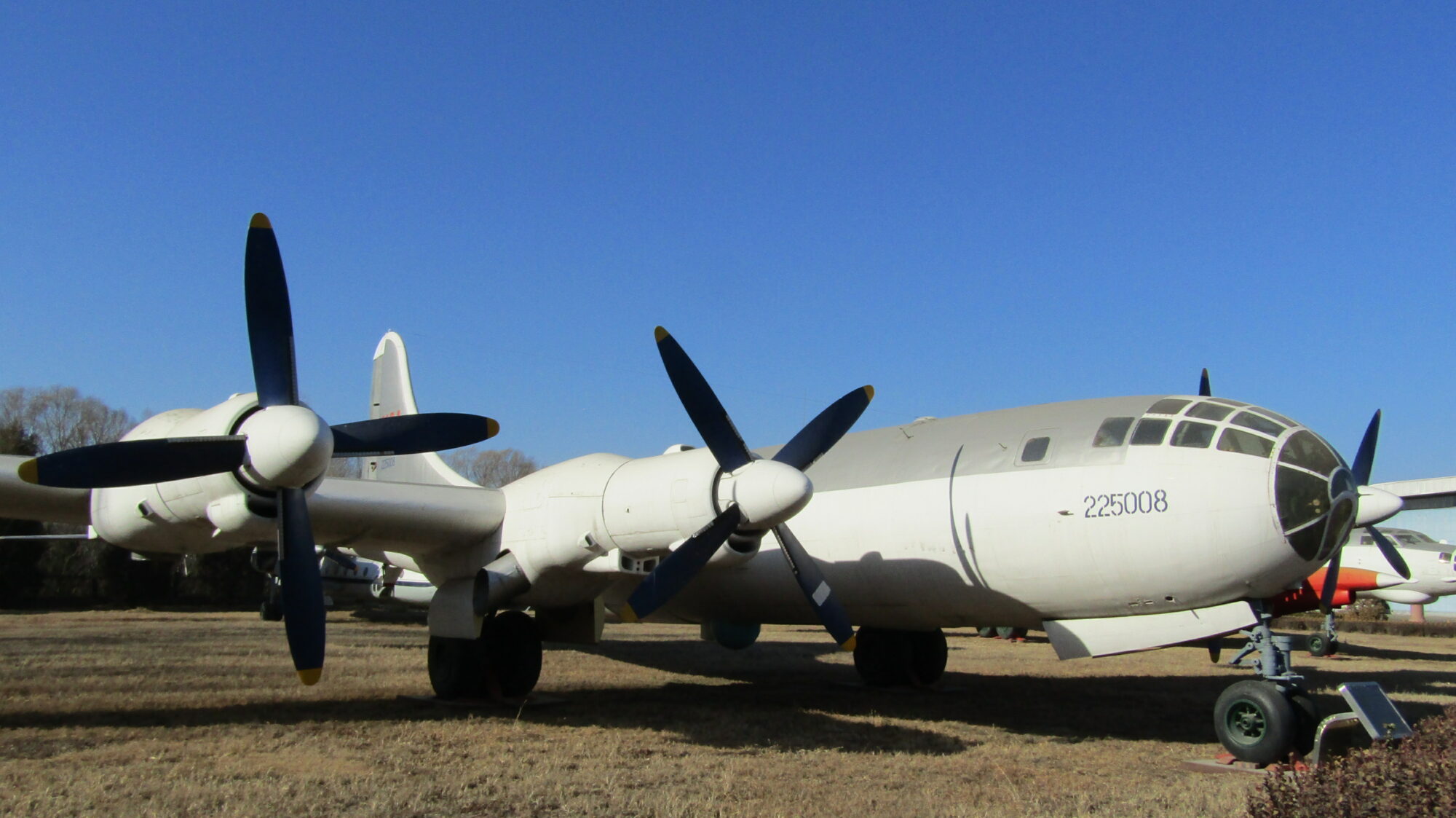
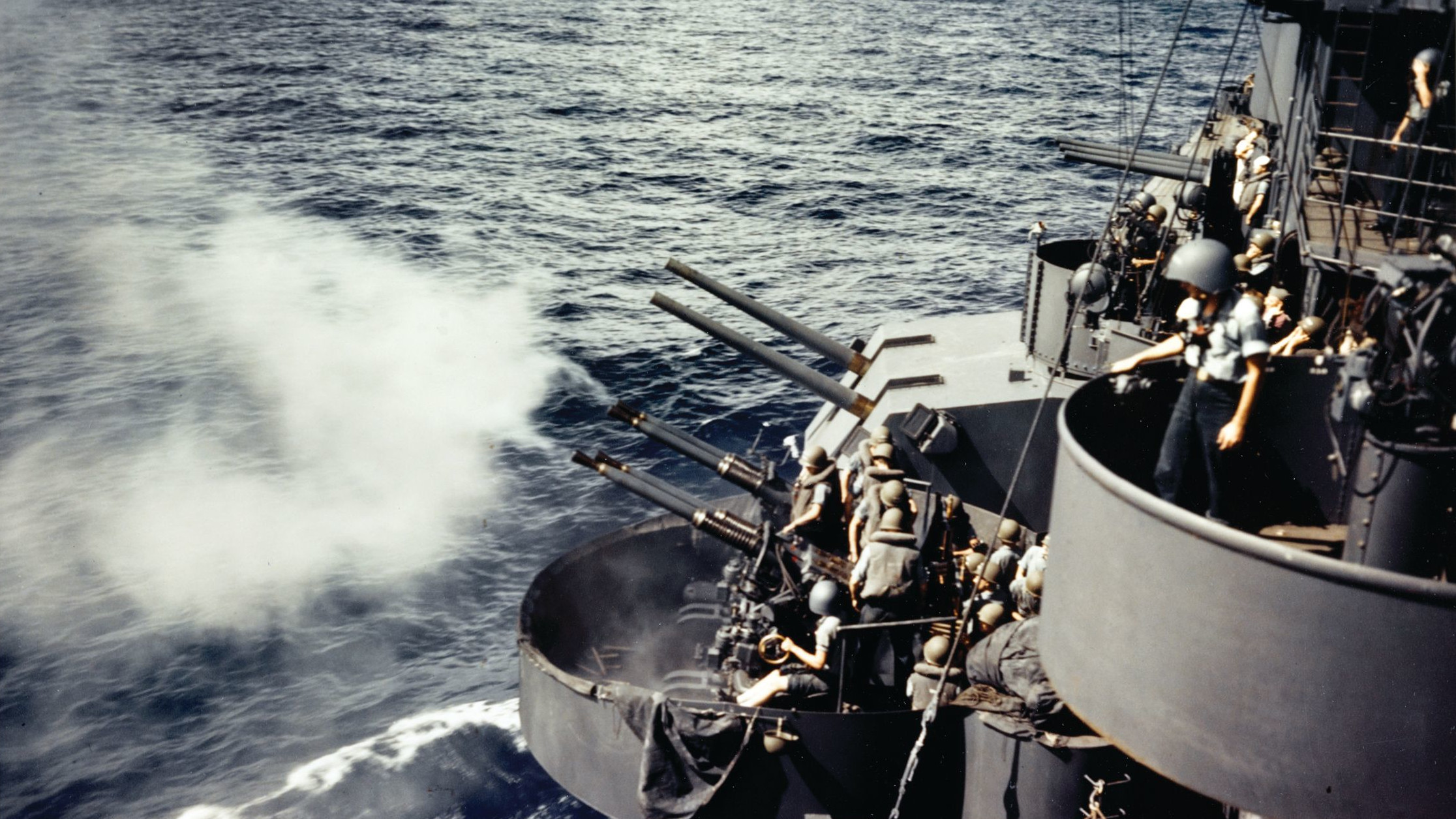
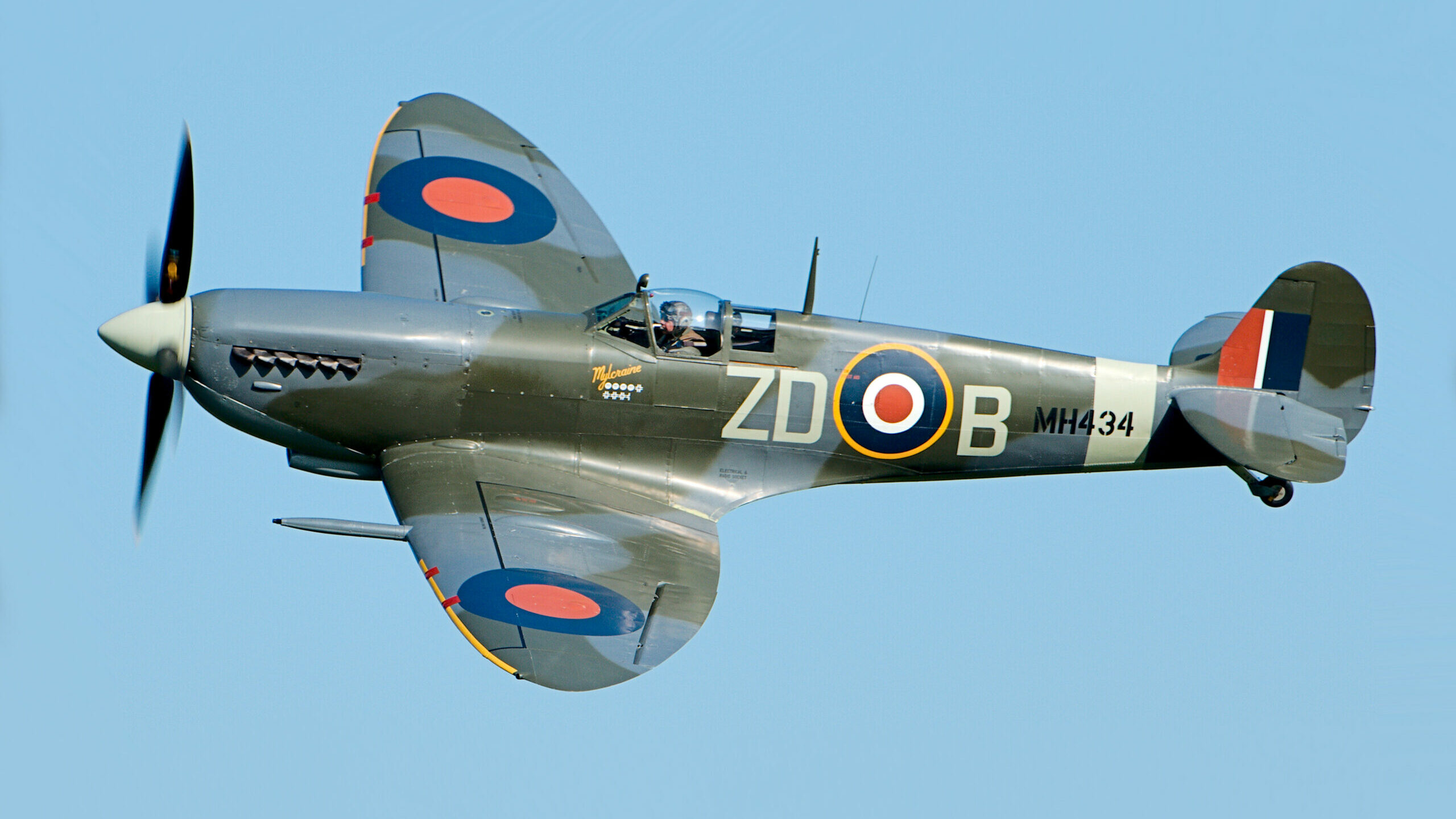
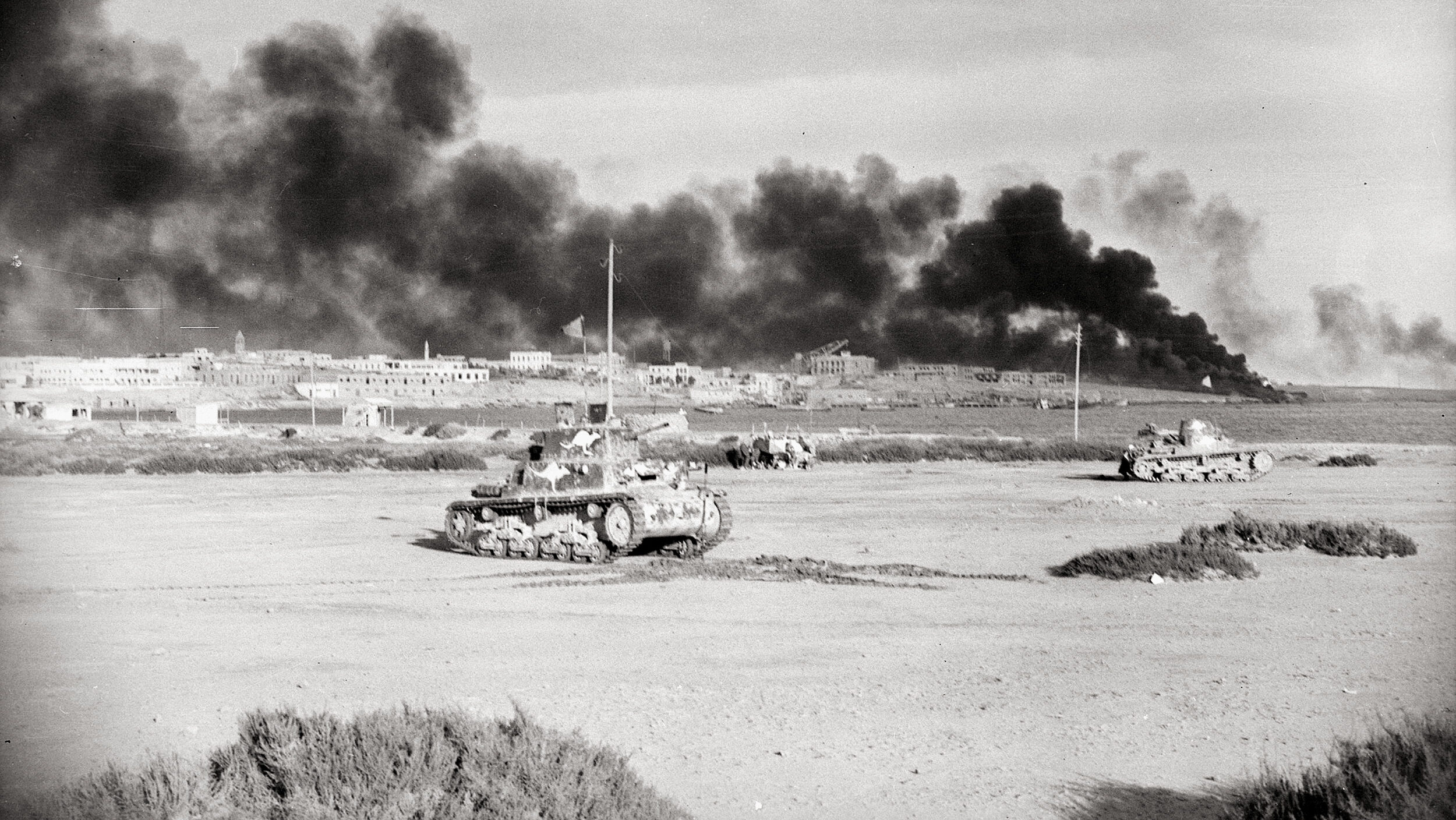
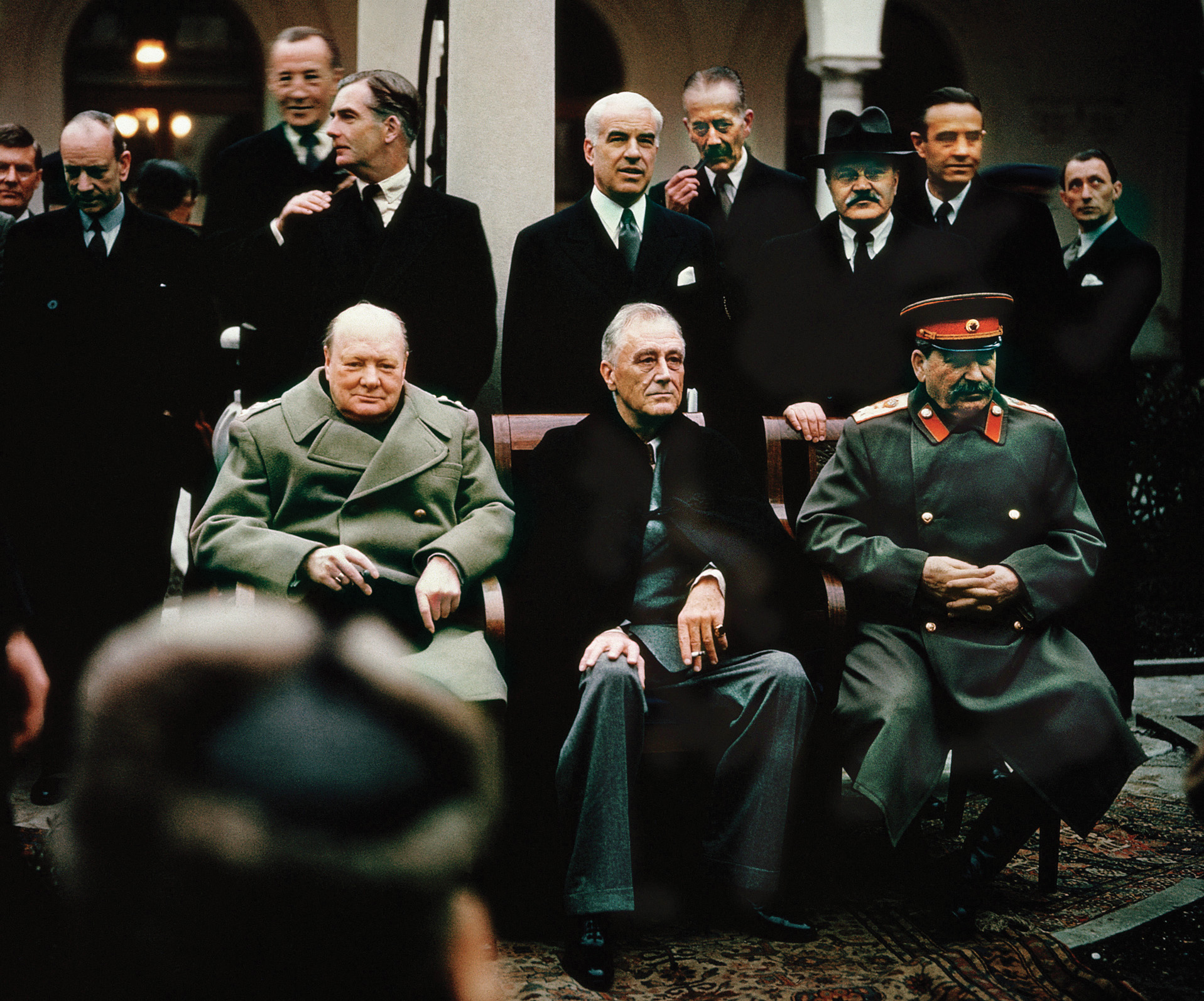
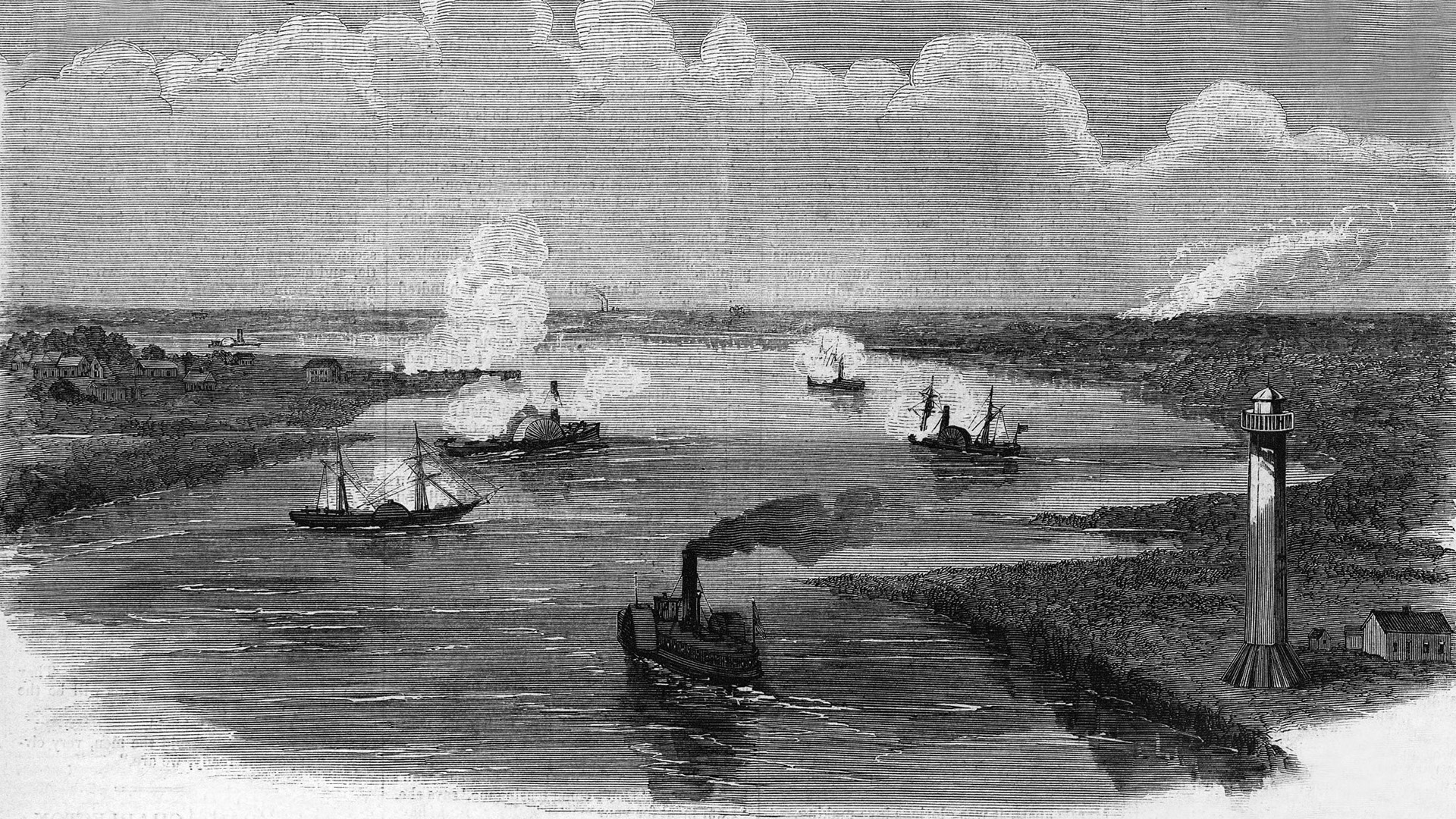

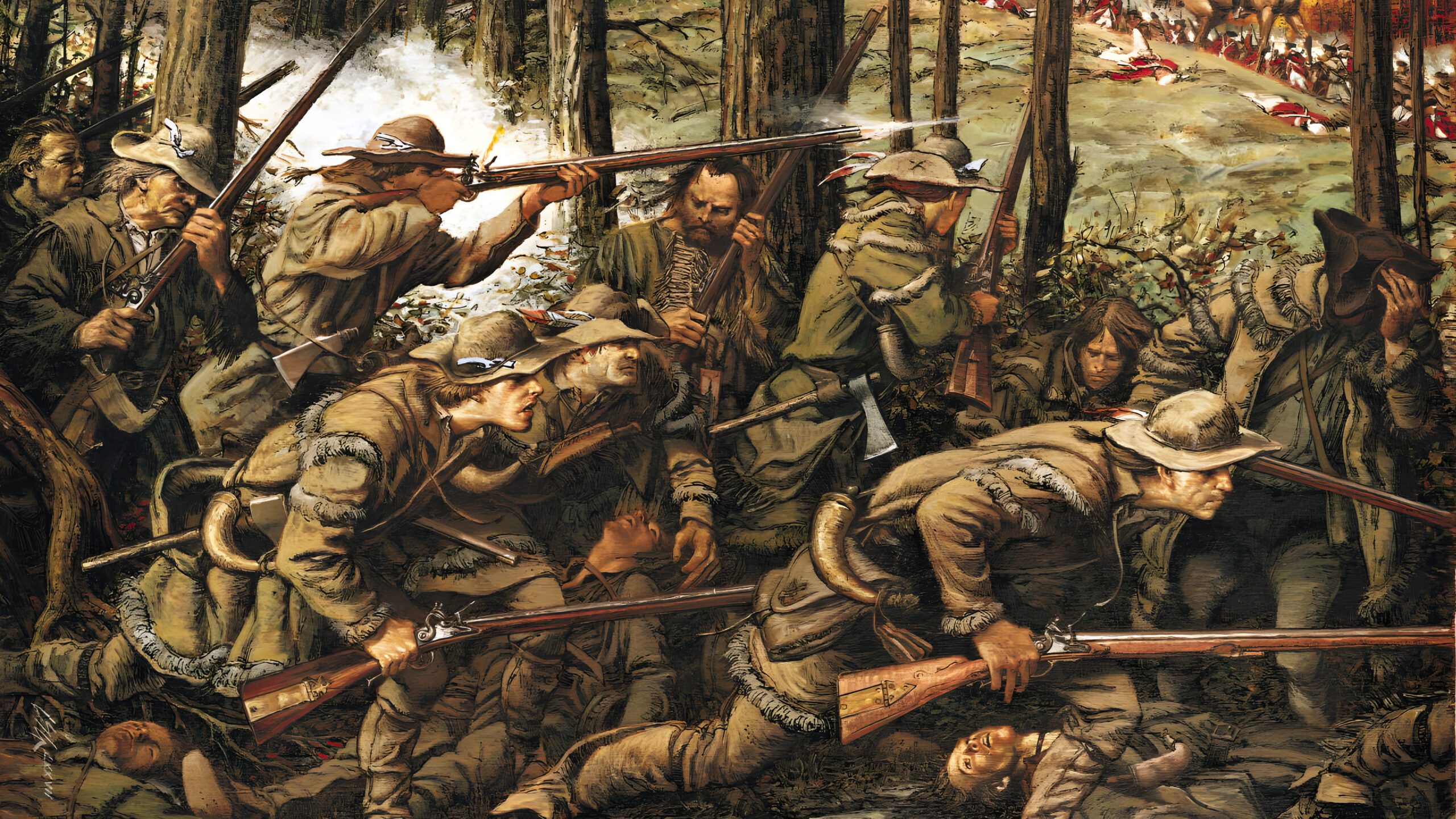
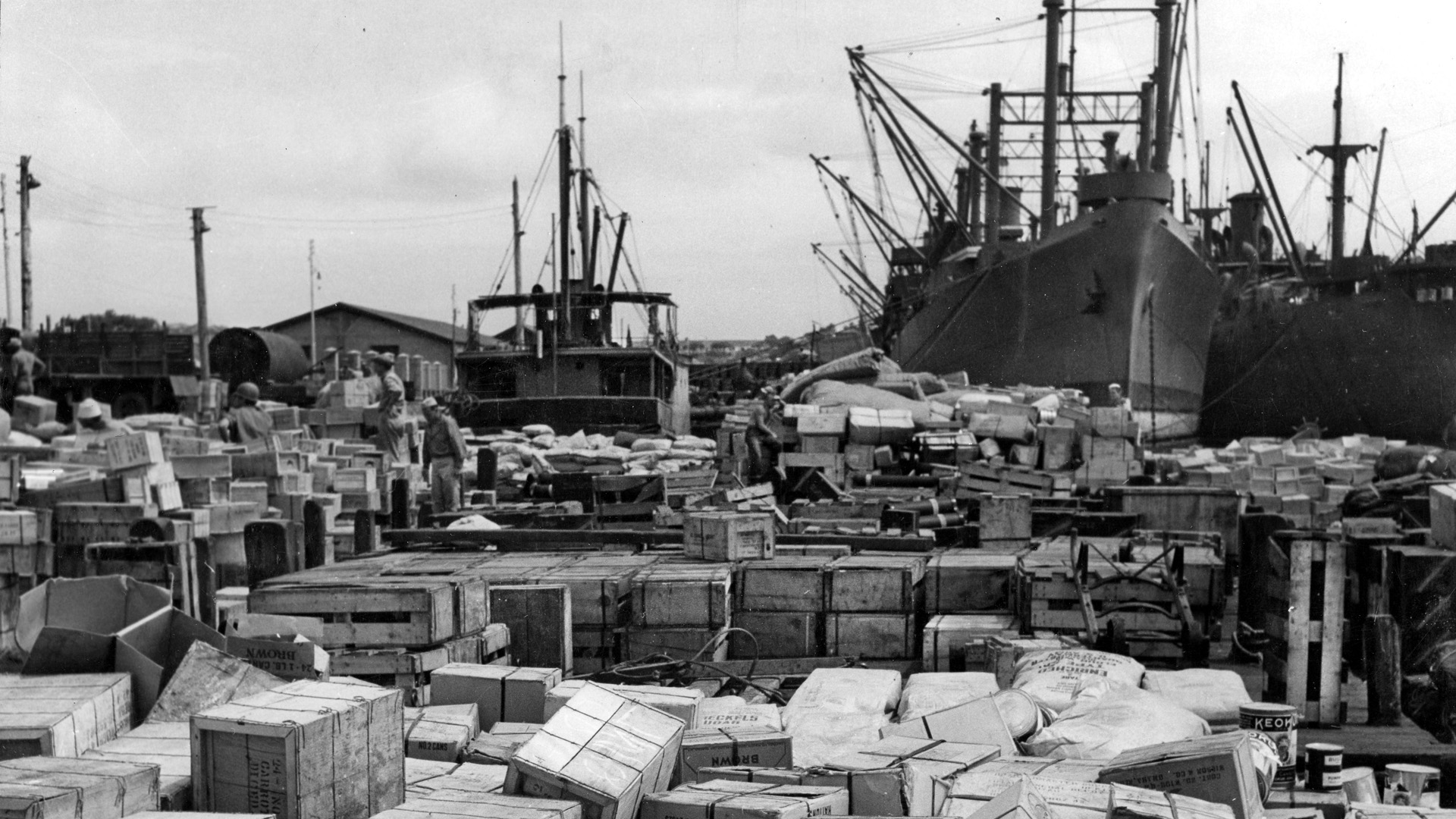
Join The Conversation
Comments
View All Comments